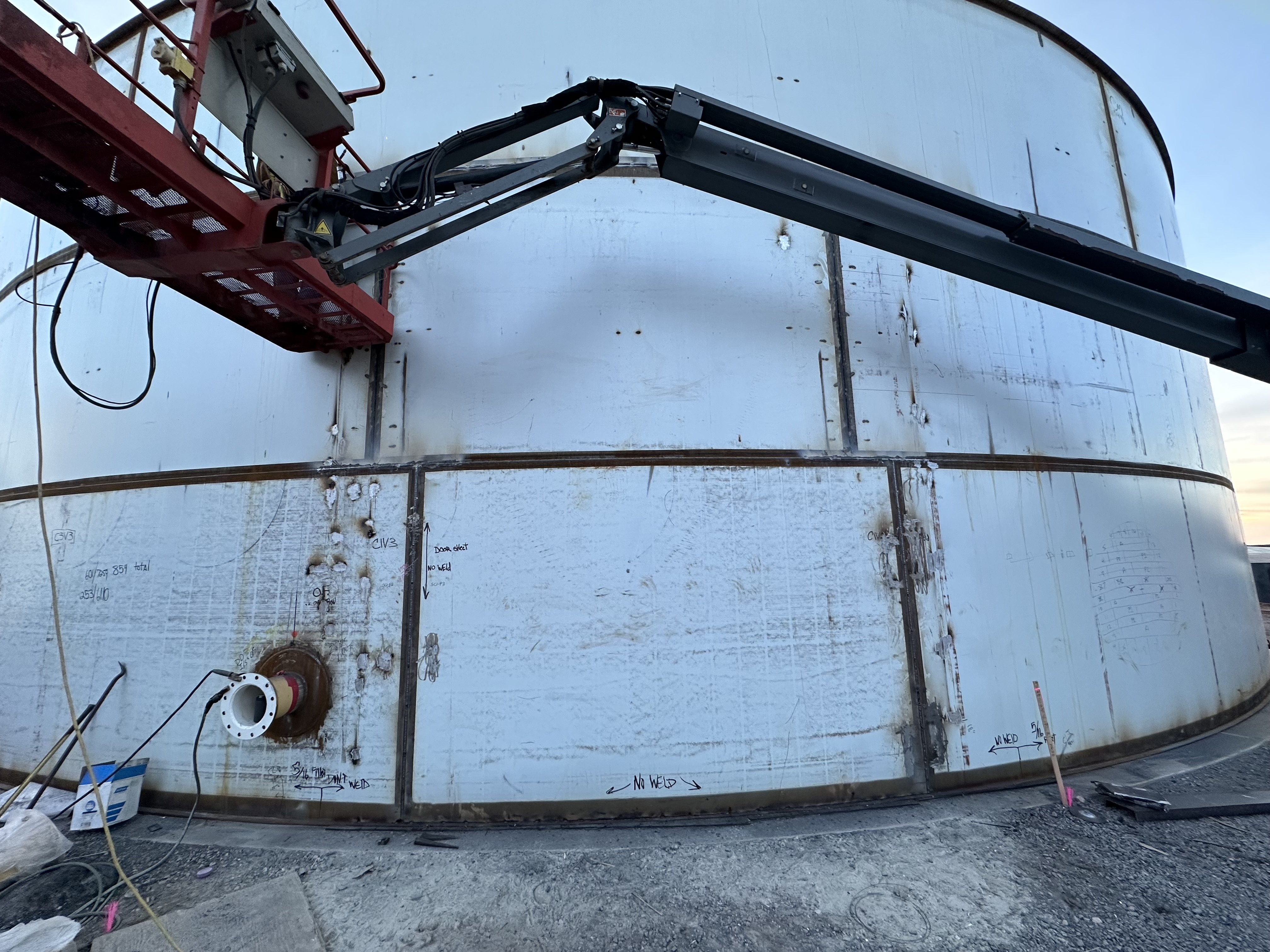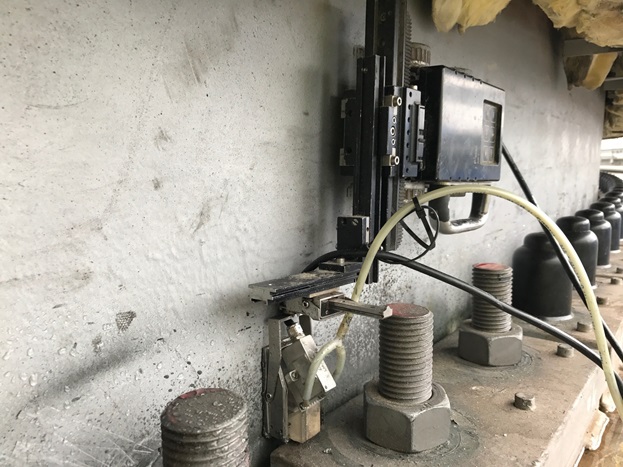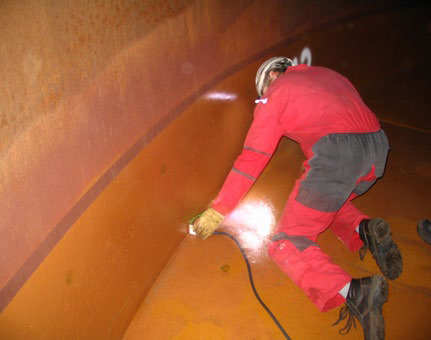Comprehensive Overview to Tank Welding Inspection for Security and Top quality
Comprehensive Overview to Tank Welding Inspection for Security and Top quality
Blog Article
An In-depth Overview of Tank Welding Evaluation Criteria and Methodologies for Improved Weld Quality and Efficiency
The value of welding evaluation standards in the production of storage tanks can not be overstated, as they offer as the backbone for making sure weld stability and operational reliability. Numerous inspection strategies, consisting of visual analyses and advanced non-destructive testing methods, are important in identifying prospective defects that could compromise efficiency.
Relevance of Welding Inspection Requirements

Welding assessment standards incorporate a range of criteria, consisting of material requirements, welding procedures, and qualifications of workers associated with the welding procedure. By applying these standards, companies can systematically identify and remedy prospective issues, thus decreasing the probability of pricey repair services or tragic failings. Additionally, strenuous assessment techniques cultivate a society of liability and accuracy, urging welders to keep high levels of workmanship.

Typical Welding Assessment Techniques


Ultrasonic Evaluating (UT) is an additional common method, making use of high-frequency acoustic waves to detect inner problems that may not be noticeable externally. This technique is especially efficient for determining voids or additions within the weld steel. Magnetic Bit Examining (MT) is additionally commonly made use of, especially for ferromagnetic materials, as it reveals surface area and near-surface issues through the application of electromagnetic fields and ferrous particles.
Additionally, Liquid Penetrant Testing (PT) identifies surface-breaking problems by applying a penetrant to the weld and after that making use of a programmer to extract the penetrant. Each of these strategies adds to an extensive evaluation approach, making sure that welds meet the rigid high quality criteria needed in storage tank building.
Governing Criteria and Compliance
Regulatory criteria and conformity are crucial parts in making sure the safety and dependability of bonded frameworks in container building and construction - Tank Welding Inspection. These standards offer to establish minimum requirements for product residential or commercial properties, welding procedures, and evaluation techniques, consequently reducing the risk of architectural failings and enhancing general performance
Secret organizations, such as the American Society of Mechanical advice Engineers (ASME) and the American Welding Culture (AWS), provide guidelines that are commonly adopted in the sector. Compliance with these criteria not just guarantees adherence to best methods but likewise satisfies legal and legal responsibilities, securing the rate of interests of stakeholders.
Regulative bodies commonly mandate adherence to details codes, such as ASME Code Area IX for welding certifications and API 650 for welded tanks. These codes outline needs for welding methods, qualifications of workers, and screening approaches to validate weld integrity.
Regular audits and inspections are crucial to maintaining compliance, as they help identify inconsistencies from established requirements. Non-compliance can result in considerable charges, project hold-ups, and safety and security dangers. Therefore, a robust understanding of regulatory criteria and a commitment to compliance are critical in achieving high-grade and long lasting bonded container frameworks.
Non-Destructive Examining Approaches
Exactly how can the integrity of bonded structures be guaranteed without causing damage? Non-destructive screening (NDT) methods supply a robust remedy, making it possible for inspectors to evaluate weld quality without compromising the material - Tank Welding Inspection. Amongst one of the most usual NDT techniques are ultrasonic testing (UT), radiographic testing (RT), magnetic particle screening (MT), and dye penetrant screening (PT)
Ultrasonic screening utilizes high-frequency audio waves to identify internal problems and define material residential or commercial properties. It supplies accurate measurements and is especially reliable for thick materials. Radiographic screening entails passing X-rays or gamma rays through the weld, developing pictures that reveal architectural flaws such as fractures or gaps. This technique is invaluable for examining the honesty of intricate welds.
Magnetic fragment testing is matched for ferromagnetic products, where magnetic areas reveal surface area and near-surface stoppages. Color penetrant testing utilizes a fluid dye to highlight surface-breaking imperfections, making it a reliable approach for non-porous materials.
Each of these NDT methods has distinctive benefits, permitting comprehensive evaluations tailored to specific materials and welding processes. By carrying out these strategies, markets can make sure the integrity and safety and security of bonded structures, inevitably boosting general performance.
Enhancing Weld Top Quality Via Evaluation
Effective assessment plays an important role in boosting weld top quality, webpage working as a vital checkpoint in the manufacture procedure. By identifying possible problems early, assessments mitigate the threat of endangered architectural integrity and make certain compliance with industry criteria. Using a combination of aesthetic assessments, non-destructive screening (NDT) techniques, and mechanical analyses, inspectors can discover issues such as porosity, fractures, and insufficient blend.
Executing a durable inspection protocol not just enhances the general top quality of welds but additionally promotes a society of liability amongst welders and fabricators. Routine training and qualification of inspection employees ensure that they are equipped with the necessary abilities to recognize and attend to potential troubles efficiently. This positive technique minimizes rework and linked costs, eventually adding to project efficiency.
Moreover, comprehensive paperwork of examination findings supplies valuable understandings right into recurring concerns, assisting in constant renovation in welding methods. By leveraging sophisticated innovations, such as automated ultrasonic testing or digital radiography, weld high quality can be enhanced with extra precise analyses. In verdict, a rigorous inspection process is indispensable in achieving premium welds, making certain security, reliability, and durability in container construction.
Verdict
In verdict, the implementation of rigorous tank welding assessment standards and approaches is necessary for guaranteeing weld stability and efficiency. By using see a combination of visual inspections, non-destructive screening techniques, and adherence to regulatory criteria, companies can successfully identify and minimize possible problems.
Report this page